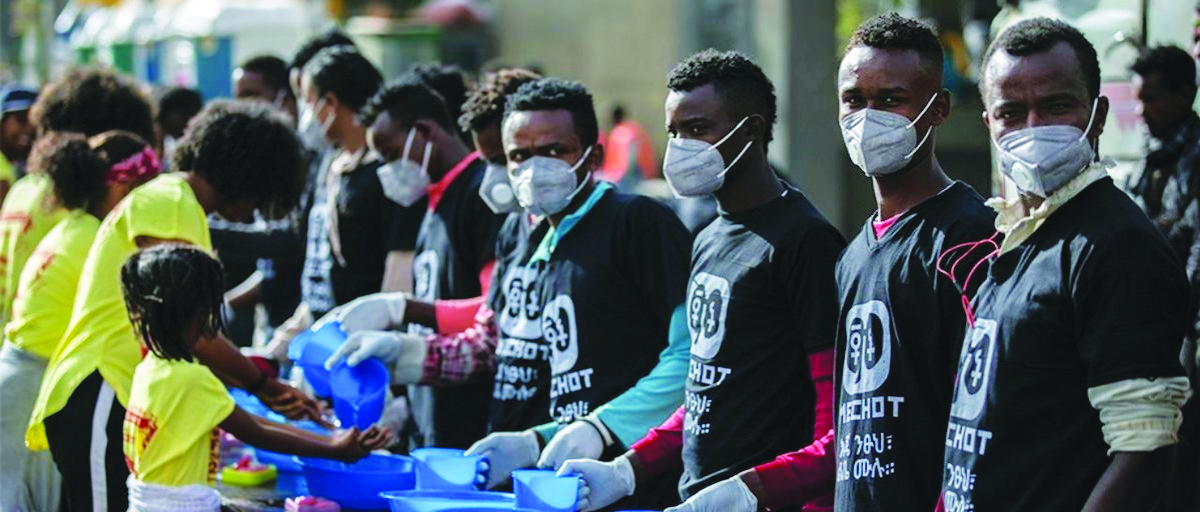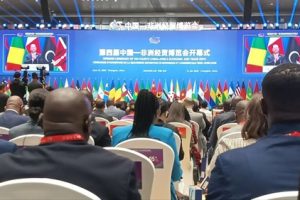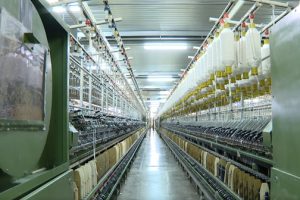
Coronavirus is rapidly spreading worldwide. However, the official number of covid-19 cases in Ethiopia is still low as compared to other countries, but there are considerable concerns that transmission of the virus could rapidly expand in the coming weeks and months.
Recently, Gender and Adolescence Global Evidence (GAGE) suggested that older people are disproportionately vulnerable to the disease, but it is still anticipated that the virus and interventions to respond to it will have multidimensional effects on young people’s well-being in the short and medium term. Evidence from past crisis shows that in addition to the negative health effects, we should anticipate more limited access to basic education and social services, reduced household and adolescent-specific livelihoods due to the closure of small businesses and factories and limited access to social safety nets, heightened risk of age- and gender-based violence due to greater household stresses and risk of mental distress.
The first policy brief of GAGE in a cross-country series designed to share emerging findings in real time from qualitative interviews with adolescents in the context of covid-19 in order to inform the pandemic response and contribute to efforts.
The brief was drawn from 119 phone conversations with vulnerable Ethiopian adolescents aged 15 to 19 undertaken in early April 2020. The participants include people with visual disabilities, married girls, out-of-school and working boys, and young people from IDP communities. They come from six diverse communities in Ethiopia, including three remote rural settings in the highlands of South Gondar (Amhara), the lowlands of East Hararghe (Oromia) and the desert of pastoralist Afar, and three urban settings ranging from a district town to the bustling city administration of Dire Dawa.
The findings underscored that there are significant urban-rural and gender divides in terms of adolescents’ awareness of the pandemic. Young people in urban areas are generally aware of the pandemic, how it is transmitted, symptoms and key prevention measures, having heard about it on social media, especially through platforms such as Facebook, Telegram and Imo, or TV and radio and returning university students.
By contrast, their counterparts in remote
rural areas tend to have much more limited and superficial knowledge. A key difference is the availability of mobile and digital connectivity. While the majority of respondents in urban areas have access to a TV and their own phones, in rural sites these numbers are much more limited as these communities lack electricity. Some adolescents had heard of the pandemic on the radio, but noted that even if the household owned a radio they typically lacked decision-making power over what to listen to and that the main source of information was via word of mouth.
“We consider covid-19 as fierce as lions. I fear the disease as much as I would fear a lion. I am so concerned and stressed that the disease can spread to our community and affect the people,” a 17 years old boy at East Hararghe said.
Other adolescents considered it more fatalistic views. Similarly, adolescents had no awareness about how they should treat covid-19 patients. Many young people were relying on prayer and a belief that God would protect them, especially as some believed the virus had broken out in ‘pagan’ or rich or other countries. As a married girl in Afar said “This is a disease which is sent by Allah on those who disobey his order, so I don’t worry about it. We live with the mercy of Allah. How can we avoid shaking hands as a greeting?”
According to the sample finding, changes in behavior were also very uneven among the young people. Most respondents were aware that they should not use handshakes as a greeting, and should wash their hands with soap and water and keep physical distance from others, but practice varied widely.
In city of Dire Dawa, many stores and markets were closed at the time of the interviews, people were starting to practice social distancing, and young people in
some neighborhoods were distributing soap and water to support personal hygiene measures. In district towns and villages, adherence to the covid-19 prevention measures appears to be even patchier. This is both due to urban or rural divides in terms of access to information but also because Dire Dawa is one of the locations where corona virus cases have been detected and the government has been compelled to mobilize more and take stricter measures.
In Afar, young people were aware of bans on public gatherings including religious ceremonies and some had adapted to praying at home (although others noted that Friday prayers at the mosque were still being carried out), while in South Gondar, people were still attending religious events and funerals in large numbers.
Since the declaration of the ban on public gatherings, including the closure of schools and universities, in mid-March, there have been multidimensional effects on young people’s daily lives. A key impact on adolescents has been the disruption to their studies. While there have been some efforts at online schooling in large urban centers, adolescents in school highlighted that with national exams looming, the closure of schools is a particular source of stress and a priority to address.
Others noted that education had become reprioritized given the pressing economic challenges their communities were now facing. As an 18-year-old adolescent from Community L in East Hararghe noted that “There is no education now. Schools were closed 15 day before. Now my friends and I support the family in farming. We spend much of our time in watering the khat plants and we go home only in the evening. We have no time to study. We also do not know how long the schools would be closed. Now no one talks about education here. We talk only about our farms and the
impact of corona virus on our economy.”
For young people dependent on daily labour, petty trading and small businesses, the closure of markets has seen a dramatic decrease in their livelihoods and is a source of great concern. As a 19-year-old student from Dire Dawa who supports himself in daily-wage labour said that many business centers in our city are closed, thus many people are sitting idle and facing livelihood challenges, especially those who are working as daily laborers.
“Due to business lockdown amidst the corona pandemic, I stopped my business. So now, I am planning to return back to my family in a rural area, but since they are far from Ebenat and there is no public transport available, I can’t go and highly worrying for the coming days if the lockdown continues” said 18 years old blind and attending Grade 6 at Ebenat town.
Most adolescent respondents were supportive of the government restrictions to date, including the measures banning public gatherings and restricting transportation to rural areas. Adolescents in rural sites felt that with transport linkages curtailed from urban areas they would be shielded from the disease.
However, there was an overwhelming sense that outside of urban centers and district towns, efforts by local governments to inform communities and raise awareness about locally relevant prevention measures had been very limited, and in a number of cases exacerbated by the fact that teachers and health workers had left the localities where they were working and returned to their home towns. In Afar, young people noted that the district health officials were making announcements through megaphones near the marketplace in the district town, but otherwise they had not been visible at the community level and people were relying on dagu, the traditional information-sharing system of the Afar people.
A 17 year-old boy at Dire Dawa said “for me the best solution is the government should carry out intensive health promotion through face-to-face sessions, as many people in Dire Dawa, especially the youths, don’t have the habit of listening to broadcast media.”
There is an urgent need to invest in widespread and more tailored public awareness campaigns about infection transmission mechanisms and prevention approaches, especially in rural areas, to help communities better prepare.
The Ethiopian Herald May 7/2020
BY TSEGAYE TILAHUN




